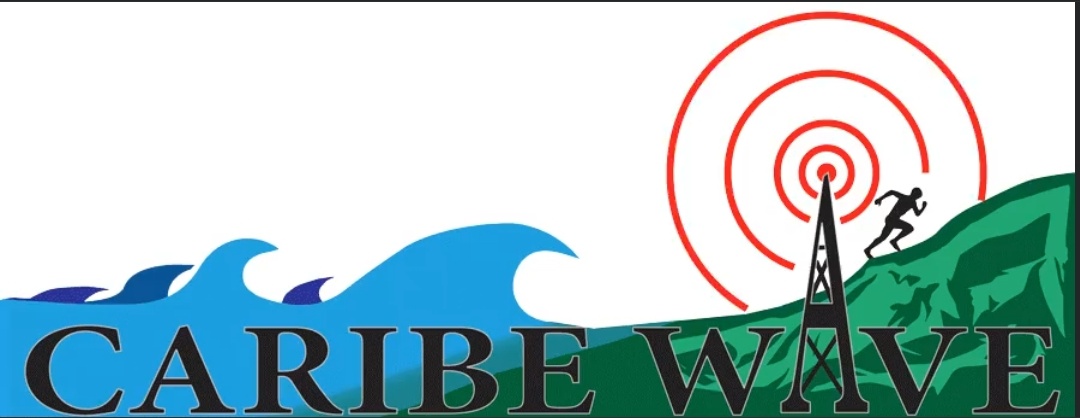CARIBE WAVE is the annual tsunami exercise of the Intergovernmental Oceanographic Commission (IOC) of the United Nations Educational, Scientific, and Cultural Organization (UNESCO). In 2021, the exercise will be conducted on 11 March, 10th year anniversary of the Tohoku, Japan earthquake and tsunami. It is coordinated together with the U.S. National Oceanic and Atmospheric Administration (NOAA) and the Caribbean regional emergency management stakeholders (CEPREDENAC [Coordination Centre for the Prevention of Natural Disasters in Central America], CDEMA [Caribbean Disaster Emergency Management Agency], and EMIZA [French Inter-Ministerial for the Antilles Estate Major Zone]). The purpose of this exercise each year is to advance tsunami preparedness efforts in the Caribbean and Adjacent Regions.Over the years, the National Emergency Management Agency (NEMA) has participated in the exercise alongside counterparts from NEVIS Disaster Management Department (NDMD) and emergency and response agencies throughout the Federation.In Caribe Wave 2021 each participating country will select one of two scenarios, that fits their objectives. The scenario selected by St. Kitts and Nevis simulates a tsunami generated by a magnitude 8.5 earthquake and tsunami along the subduction zone in the Northern Lesser Antilles.Because of the ongoing COVID19 Pandemic, this year’s Caribe Wave will be conducted virtually, for the most part, with emphasis on a communications exercise to test emergency alerting and response interactions between Disaster agencies, the media and the public.Why is communications earmarked as a critical component of the annual event? NEMA Planning Officer, Mrs. Oureika Lennon-Petty shares that communications lies at the centre of importance for all events that test capacity and response.“Not everyone recognises that Tsunamis can occur at any hour of day or night,” Mrs. Petty said, “and in a worst case scenario, response times may be as short as 10 or 15 minutes, depending on the distance between the point of impact and the Federation.”She also stated that within said 10 to 15 minutes, warnings from the Pacific Tsunami Warning Centre (PTWC) to the local Police Telecomms Office (the local Tsunami Focal Point – TFC), followed by the alert to previously identified Disaster personnel and offices, may also be included, further diminishing the evacuation timeline.What can be done to mitigate a Tsunami impact? According to Mrs. Petty, ongoing public education and awareness are at the cornerstone of any national attempt to save lives and protect livelihoods.“NEMA continues to prepare communities to respond to ongoing threats of any kind,” she said, “and we count citizens and residents among our most important stakeholders in order to mitigate disaster by increasing national resilience to impact.”
CARIBE WAVE 2021 SLATED FOR THURSDAY, MARCH 11th
- by lejon
